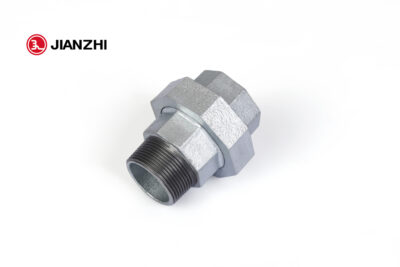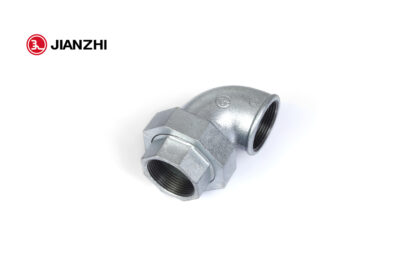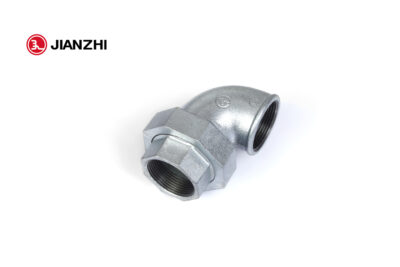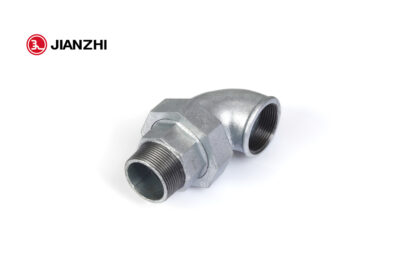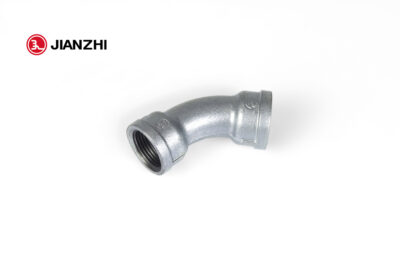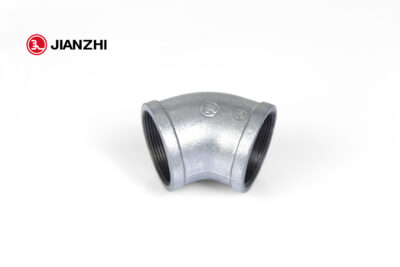In the field of plumbing and construction, compliance with precise standards is essential to ensure the safety, compatibility and efficiency of plumbing systems. Among these standards, the British Standard (BS) plays a pivotal role, especially in the specification of pipe fittings for various applications. BS standard galvanized pipe fittings refer to a series of pipe fittings that have been galvanized and coated with a layer of zinc on the surface of the pipe fittings to provide corrosion resistance. These accessories comply with strict British standards, guaranteeing their quality and performance. Galvanized fittings are widely used in water supply, natural gas pipelines and general industrial applications due to their durability and resistance to harsh environmental conditions. They include a variety of types, including elbows, tees, collar and valves, each designed to effectively connect, redirect or seal pipe segments.
The move from a single national standard, such as BS, to a harmonised European standard, known as BS EN(UK standards adopt European specifications), represents an important step towards international standardisation. BS EN pipe fittings comply with wider European specifications, ensuring not only compliance with UK standards, but also compatibility and acceptability on the European market. This harmonization simplifies trade, improves product safety, and promotes consistency in manufacturing processes and quality control. Further into the BS EN system, BS EN 10241 stands out as a key standard specifically for steel pipe fittings and their associated tolerances, dimensions and testing requirements. It is suitable for black and galvanized malleable cast iron fittings, mainly used in gas and water facilities.
BS standard galvanized fittings, BS EN fittings and the detailed specifications outlined in BS EN 10241 form the backbone of high-quality piping and industrial piping systems. They symbolize a commitment to security, interoperability, and durability that underpin the trust engineers, contractors, and consumers have in these products. As the industry continues to evolve, these standards serve as benchmarks to guide innovation while maintaining the integrity of pipeline installations worldwide.

